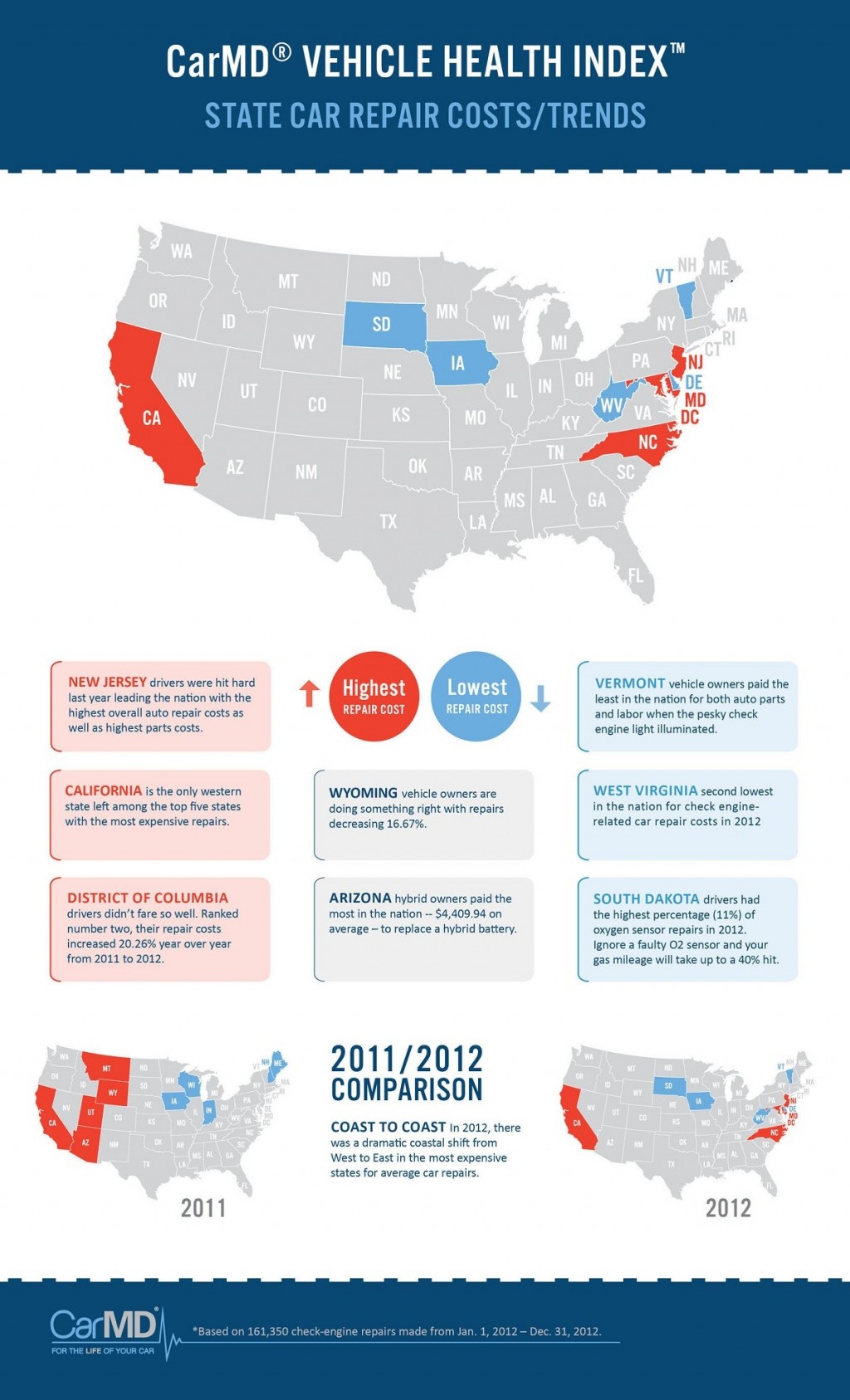However What's The Repair For Spongy Brake Pedals? Reveal The Remedy Below!
However What's The Repair For Spongy Brake Pedals? Reveal The Remedy Below!
Blog Article
Uploaded By-McGrath Birch
When it involves your car's brake system, recognizing typical concerns can conserve you from possible security hazards. From determining brake pad wear to addressing brake fluid leaks, knowing how to deal with these problems is crucial. However what about those squishy brake pedals? There's a repair for that also. Remain tuned to read more regarding these issues and the practical solutions that can maintain you safely on the road.
Brake Pad Wear and Substitute
When it involves preserving your vehicle's brake system, one crucial facet to watch on is the wear and substitute of brake pads. Brake pads are important parts that push against the brake rotors to reduce or quit your car. With time, these pads wear down as a result of friction, needing normal examination and substitute to guarantee your brakes work successfully.
To identify if your brake pads require substitute, listen for screeching or grinding noises when you use the brakes. In addition, if your automobile takes longer to stop or you see vibrations or pulsations when braking, it may be time to change the brake pads.
Ignoring used brake pads can cause decreased braking efficiency, damages to various other brake parts, or even brake failure.
Replacing brake pads is a relatively uncomplicated process for several automobiles. However, if you're unsure or awkward executing this job, it's ideal to speak with a professional technician to ensure appropriate setup and optimum brake performance.
Routinely checking and replacing brake pads is vital for your safety and security and the durability of your car's braking system.
Brake Fluid Leaks and Maintenance
To guarantee your vehicle's brake system works ideally, it is essential to additionally focus on brake fluid leakages and maintenance. Brake fluid is critical for sending the force from your foot on the brake pedal to the real braking mechanism. One common issue with brake liquid is leakages, which can happen because of scrubby brake lines, seals, or connections. If you discover a puddle or drips under your vehicle, it's important to attend to the leak without delay to prevent a prospective brake failing.
Consistently examining your brake liquid level is vital to preserving your brake system. Reduced brake liquid can lead to air entering the brake lines, which endangers braking performance.
Furthermore, https://car-ecu-tuning84951.techionblog.com/29969651/techniques-for-finding-a-trustworthy-auto-mechanic-helpful-suggestions-and-strategies or infected brake liquid can impact the total efficiency of your brakes. It's recommended to follow the manufacturer's standards on when to transform the brake liquid, normally every 2 years.
Spongy Brake Pedal: Bleeding Brakes
If you've ever before experienced a squishy brake pedal while driving, you understand the importance of preserving a firm and receptive stopping system. One usual source of a mushy brake pedal is air entraped in the brake lines. When https://engineremapping62839.blog-mall.com/30490733/the-significance-of-routine-upkeep-why-your-grease-monkey-matters goes into the brake system, it can lead to a loss of hydraulic pressure, leading to that upsetting mushy feeling when you push the brake pedal.
To resolve this concern, hemorrhaging the brakes is necessary. Bleeding the brakes includes eliminating the air from the brake lines to bring back proper hydraulic stress.
To hemorrhage the brakes, you'll require an assistant to assist you. Beginning by locating the brake bleeder shutoff on each wheel, commonly found near the brake caliper. With https://www.jdpower.com/cars/shopping-guides/how-to-fix-deep-scratches-on-a-car , loosen up the valve and have your assistant press the brake pedal while you observe any kind of air bubbles appearing. Repeat this process for each wheel, starting from the wheel farthest from the master cylinder and moving better.
Once you no longer see air bubbles and just clear fluid emerges, tighten the valve and top up the brake fluid reservoir as required. Hemorrhaging the brakes aids make sure a firm brake pedal and enhances total stopping efficiency.
Conclusion
Now that you recognize usual brake problems and how to repair them, you can ensure your vehicle's security and performance. Remember to pay attention for warning signs like shrilling sounds or mushy brake pedals, and address them promptly. Normal upkeep and prompt substitutes are key to maintaining your brakes in leading problem. Remain aggressive and conscientious to your brake system to take pleasure in safe and reliable driving experiences.
